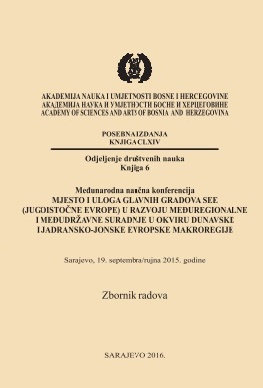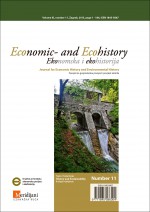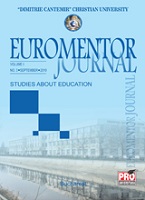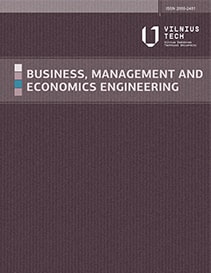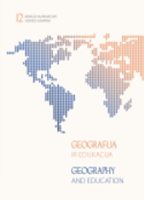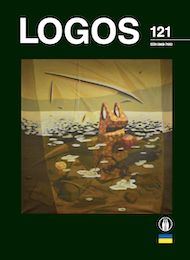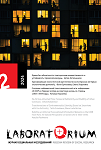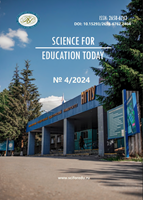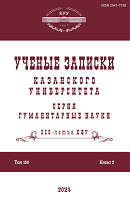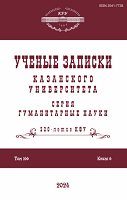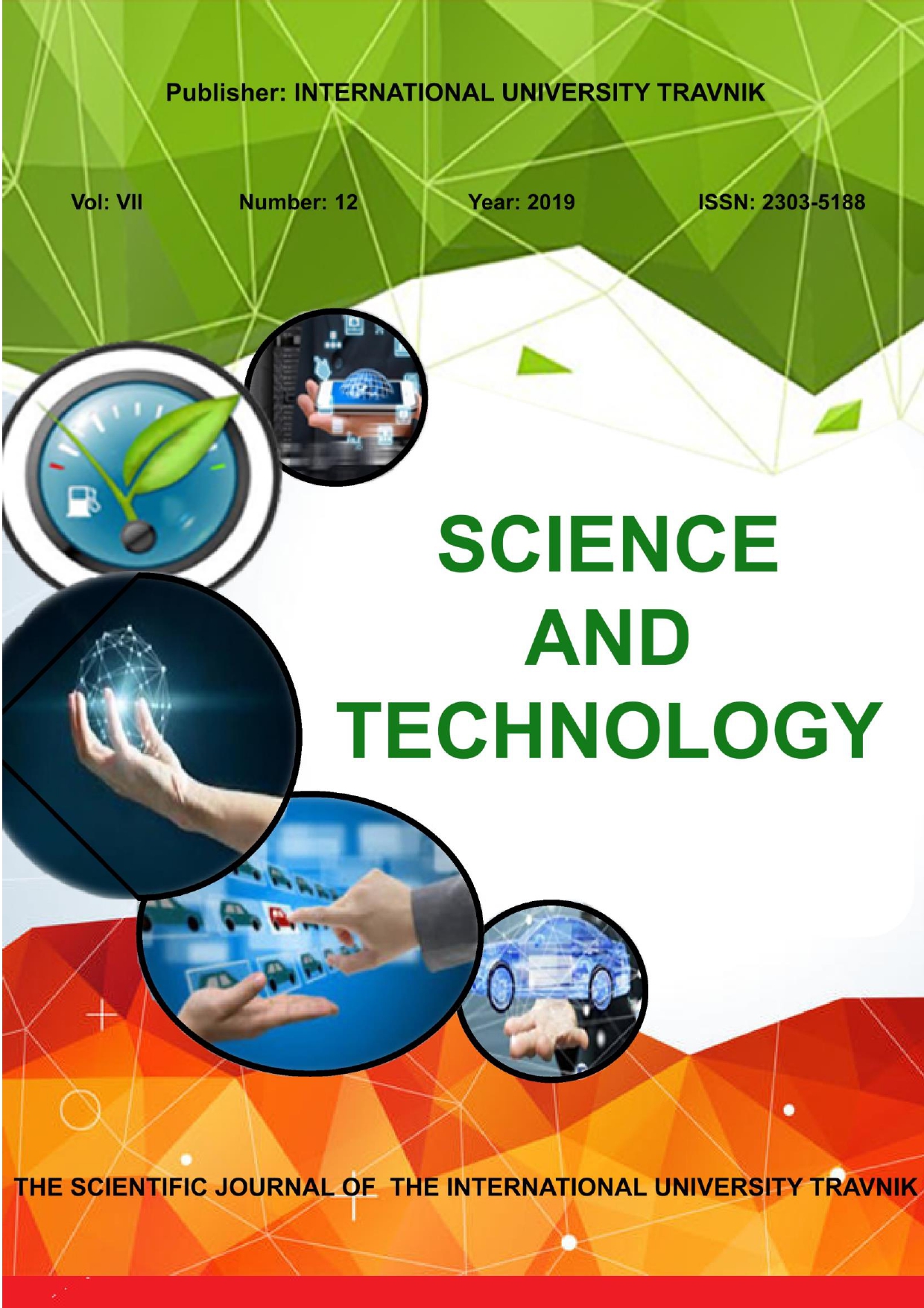Author(s): Elena Aleksandrovna Kormiltseva,Alexander V. Adelshin,Natalya Leonidovna Varova,Viktor Innokentievich Starikov,Alexandra Pavlovna Shmakova,Nataliya Aleksandrovna Burmistrova / Language(s): Russian
Issue: 4/2024
Introduction. The authors explore the problem of developing digital financial literacy as the most important characteristic feature of positive financial behavior in the context of the transition to the digital economy. The purpose of this article is to identify priorities and trends in using digital financial instruments by future economists for sustainable development purposes. Materials and Methods. The methodological basis of the study is the strategy of sustainable development, the ideological foundations of which determine the need for readiness to live and act in changing conditions, to plan socio-economic development taking into account the limitations of activities and the consequences of decisions made. The main method of the empirical part of the study is T. Saaty’s scale which was employed in order to identify global priorities in the use of digital financial instruments. A sociological survey was conducted among students of the Financial University under the Government of the Russian Federation, Omsk State University named after F.M. Dostoevsky, Omsk State Technical University, schoolchildren of specialized economics classes (Gymnasia 19, Omsk) to identify priorities and trends in the use of digital financial instruments by future economists, taking into account gender and age preferences. Results. The ideas about the level of awareness about the problem of developing digital financial literacy are systematized, explaining the relationship between digital and financial literacy from the point of view of the prospects of the socio-economic space. Global priorities of the use of digital financial instruments by respondents were identified: the general sample prefers to work with optimal combinations of 2 banking payment systems. Analysis of correlations by gender shows that male respondents are better than the sample at the range limits, and female respondents are in the middle. The interpretation of the answers characterizes the women’s choice as stable, middle options of behavior (2-3 cards), which are less risky. Men, on the contrary, consider risk as a challenge that encourages activity, and go to the border of the sample (1-4 cards). A similar trend is typical for the age groups between 17 and 20 years. This, on the one hand, is explained by the psychological peculiarities of gender, and on the other hand, by active advertising campaigns of digital sets of financial services offered by leading Russian banks. An assessment of students’ awareness of new models of the digital economy has been obtained, demonstrating a good correlation as respondents grow older, which determines the positive dynamics of digital financial literacy of future economists (1- 4 year undergraduate students) in the light of current labor market trends. Conclusions. The results of the research confirm that active use of digital financial instruments determines affirmative dynamics of positive financial behavior of future economists for the purpose of sustainable socio-economic development.
More...
